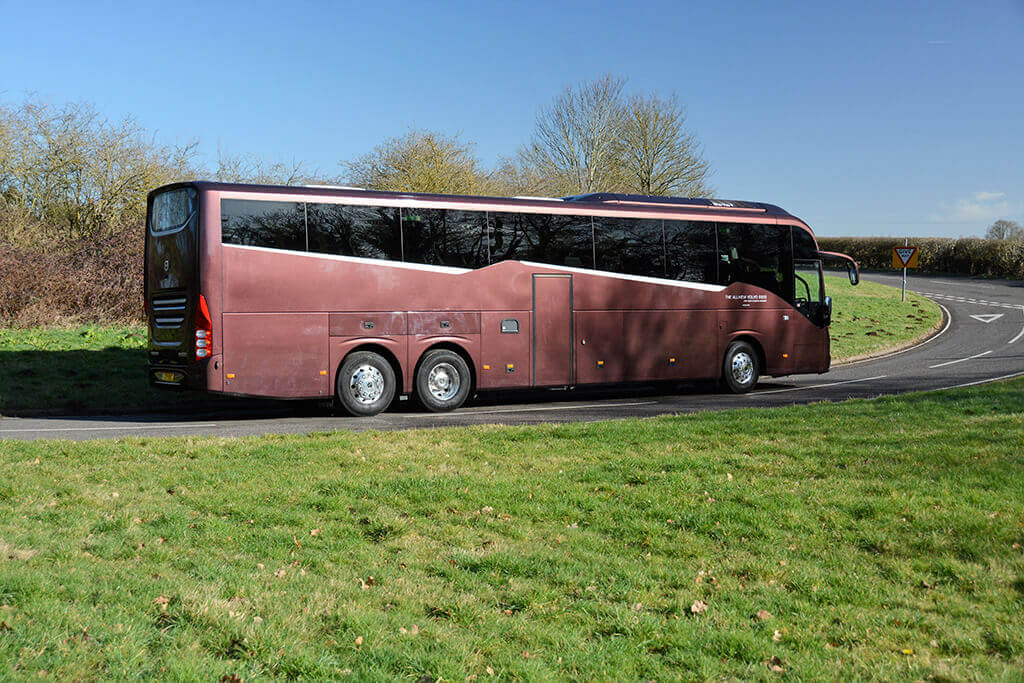Looking objectively, the improved forward vision offered by theatre-style seating on a coach should mean the configuration is popular with operators involved in coach touring. But it’s not, and for many, still seen as a bit of a novelty. Coach tourism specialist Stuart Render questions whether times are changing
There has long been a connection between coach touring and going to the theatre.
 In both situations you sit in your seat and watch something unfold. On a coach it’s the scenery. At the theatre it’s the story. On a coach there’s a comfort break. At the theatre there’s an interval.
[…]
In both situations you sit in your seat and watch something unfold. On a coach it’s the scenery. At the theatre it’s the story. On a coach there’s a comfort break. At the theatre there’s an interval.
[…]
By subscribing you will benefit from:
- Operator & Supplier Profiles
- Face-to-Face Interviews
- Lastest News
- Test Drives and Reviews
- Legal Updates
- Route Focus
- Industry Insider Opinions
- Passenger Perspective
- Vehicle Launches
- and much more!


